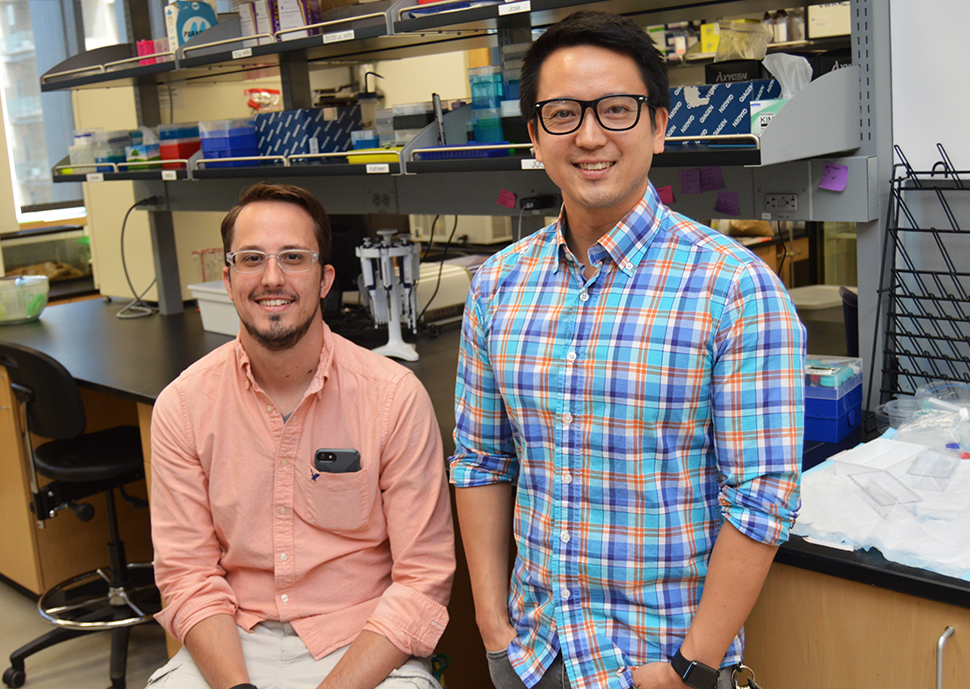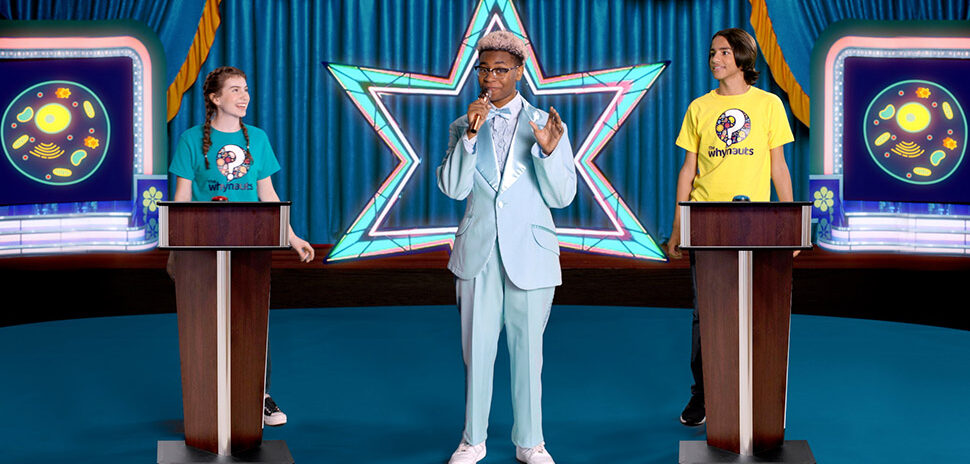A research project by a University of Texas at Arlington biologist will look at the world through the eyes of frogs to study how habitat such as living below or above ground affects the organs’ functions.
Matthew Fujita, assistant professor of biology and principal investigator on the study under a $714,992 National Science Foundation Division of Environmental Biology grant, will use frogs to help take a leap forward in the understanding how organisms can adapt to varying environments.
“As the interface between the environment and the organism, the eye plays an important role in modulating an individual’s responses to visual cues,” Fujita said in a release.
“As the interface between the environment and the organism, the eye plays an important role in modulating an individual’s responses to visual cues.”
Matthew Fujita
“Because environments can vary immensely across the world, including terrestrial, aquatic, above ground, and below ground habitats, eyes have evolved a multitude of ways to adapt to these distinct conditions,” he said.
The results of the research will be exhibited in the Smithsonian National Museum of Natural History in Washington, D.C., and at the Natural History Museum in London, UTA said.
The museums are the two most-visited history museums in the world, with a combine 13 million annual visitors.
A free interactive e-book for a general audience also will be created by the research team on the integrative nature of biodiversity research with a focus on vision biology.
UTA said that Rayna Bell, a research biologist in the Department of Vertebrate Zoology at the Smithsonian Institution and Jeffrey Streicher, a curator of amphibians in the Department of Life Sciences at the Natural History Museum in London, will be co-principal investigators on the project. Streicher earned his doctoral degree from UTA in 2012 and was a postdoctoral researcher in Fujita’s lab in 2012-13.

Matthew Fujita, right, UTA assistant professor of biology and principal investigator on the $714,992 National Science Foundation Division of Environmental Biology grant, with graduate research assistant T.J. Firneno. [Photo courtesy of University of Texas at Arlington]
“This project aims to understand the evolution of the frog eye using genomic, morphological, physiological, and spectrophotometric or light absorbance data,” Fujita said. “The diversity of life history strategies of frogs — which include nocturnal, diurnal, arboreal (living in trees), and fossorial (living underground) lifestyles — provides an excellent opportunity to investigate how differences in habitat and behavior affect the functions of the eye.”
STUDY LOOKS AT DIVERSITY, EVOLUTION IN FROGS
The researchers will collect data from across 27 families to create a comprehensive understanding of vision diversity and evolution in frogs.
Then, molecular evolutionary studies will offer a genomic perspective on the evolution of vision. Researchers expect that visually-oriented frogs will exhibit higher levels of natural selection, gene duplication, and retention of vision genes, according to the university.
“With this project, Dr. Fujita and his collaborators could answer some key questions about how changes in vision are influenced by the habitat in which an animal lives,” said Clay Clark, professor and chair of the UTA Department of Biology. “The fact that he is leading this project which includes scientists from two of the pre-eminent research museums in the world speaks volumes about Dr. Fujita’s skills as a researcher and about the caliber of work being done in the College of Science.”

































